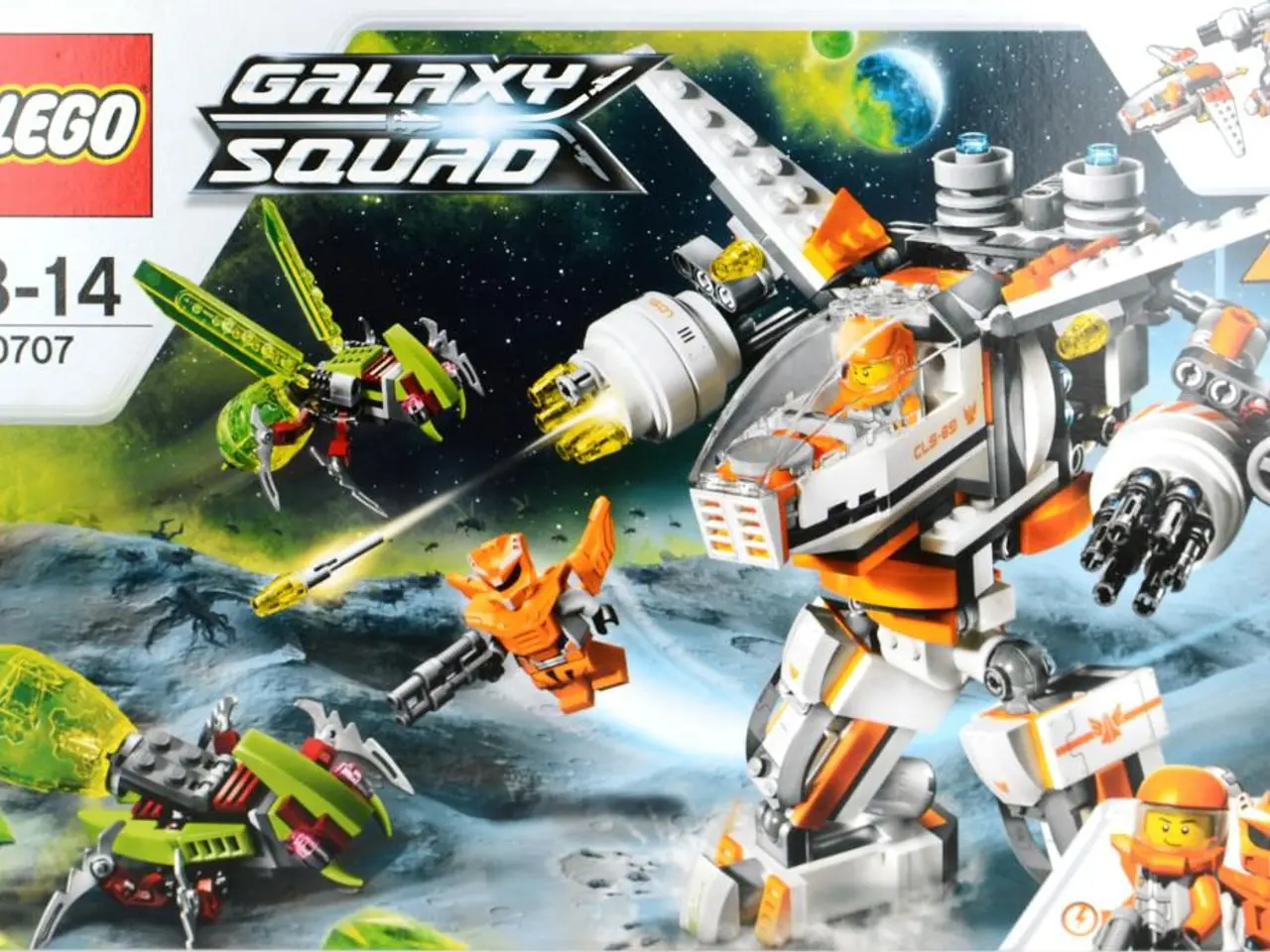The Craft and Knowledge Behind Creating Animated Content
Animation, a captivating blend of art and science, has come a long way since its inception in the late 19th century. This intricate process, requiring collaboration from artists, animators, writers, and directors, has evolved from simple optical toys to sophisticated digital art forms.
The roots of animation can be traced back to the principle of persistence of vision, where a sequence of images shown rapidly creates the illusion of motion. Early inventions like the phenakistoscope, zoetrope, and flipbook laid the groundwork for this concept, with Émile Reynaud's theatre optique being a significant advancement in the 1870s.
The transition to film animation began with the invention of film stock, leading to frame-by-frame animation on celluloid film. J. Stuart Blackton is credited as one of the first film animators, while Walt Disney's "Steamboat Willie" in 1928 marked a breakthrough with synchronized sound, setting a standard for future animated films.
In the digital age, computer-generated imagery (CGI) began to augment traditional methods from 1979. The landmark full CGI feature film was Pixar's "Toy Story" in 1995, marking a new era of digital animation. Despite CGI dominating the industry today, many artists still value traditional hand-drawn animation styles and their analog qualities.
However, the labor-intensive process of animation comes with its own set of challenges. Early animators often worked in cramped, poorly paid conditions, enduring long hours to meet production demands. The intense labor required for frame-by-frame animation can be daunting, especially for complex scenes with many characters and backgrounds. Transitioning analog artwork to digital platforms also presents challenges, such as losing the original quality or texture of hand-drawn images.
Keeping animation well-paced and engaging, especially in long or intricate sequences, demands careful planning and can be a major creative challenge. The animation industry has seen ongoing struggles regarding working conditions, wages, and collective bargaining, as described in accounts of union organizing efforts.
Despite these challenges, animation continues to captivate audiences with its diverse and compelling stories. Pre-production involves developing the story, creating characters, and sketching scenes, while production is where the actual creation of movement takes place. This could involve crafting individual frames or manipulating physical objects for hand-drawn and stop-motion animation, or creating keyframes and letting the computer generate the in-between frames for CGI animation.
Iconic characters like Mickey Mouse and Snow White were created using hand-drawn animation, while examples of stop-motion animation include "The Nightmare Before Christmas" and "Coraline." Special effects can be added to enhance the visual appeal of the animation, and music and sound are added to enhance the emotional impact. Voice acting involves casting and recording voice actors to bring characters to life.
In conclusion, animation is a fascinating field with a rich history dating back to the late 19th century. It continues to evolve, pushing the boundaries of creativity and technology, and captivating audiences with its diverse and compelling stories. Whether it's the intricate details of stop-motion animation or the breathtaking visuals of CGI, animation remains a captivating blend of art and science.
Artificial intelligence and technology have also played significant roles in the evolution of animation, augmenting traditional methods with computer-generated imagery (CGI) from 1979. Today, CGI dominates the industry, with keyframes and computers generating the in-between frames for more efficient and complex animations, showcasing the progression of technology in this art form.




